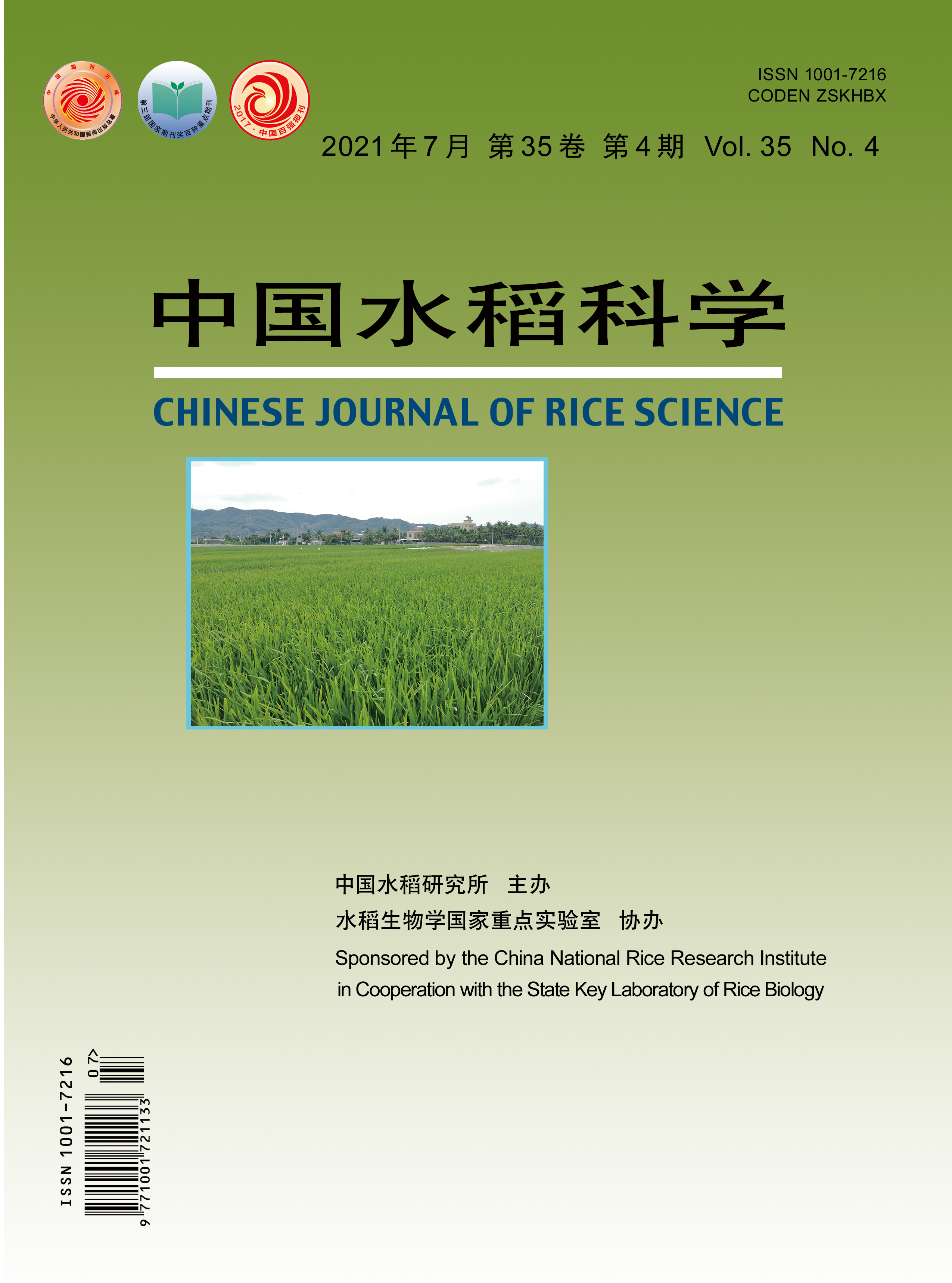【Objective】 The aim of this study is to make clear the eating and cooking quality (ECQ) characteristics of new semi-waxy japonica rice and the influence of environmental conditions during maturity. 【Method】 The starch physical and chemical indexes, rapid visco analyzer (RVA) profile characteristics and ECQs of the tested lines were analyzed by varietal comparative experiments in two sites on two sowing dates. Good taste quality rice varieties Nanjing 46 and Nanjing 9108, which were widely planted, and 38 semi-glutinous japonica rice lines derived from the progenies of the hybrid between Nanjing 46 and Nanjing 9108 were used as materials. 【Result】 The differences of 12 ECQs among 40 semi-waxy japonica rice varieties (lines) were significant at 1% level. The tested lines showed better appearance quality (AQ) and ECQ, the taste value (TV) of 10 lines was higher than that of Nanjing 9108, and the TV of six lines was higher than that of Nanjing 46. The TV of late japonica lines was higher than that of medium japonica lines. In addition to peak viscosity (PKV), the effects of location on the ECQs were significant at 1% level. The most affected characters were TV, consistency viscosity (CSV) and amylose content (AC), followed by AQ, the peak time (PeT) and cool paste viscosity (CPV), with PKV, gel consistency (GC) and breakdown viscosity (BDV) being the least affected. The interaction between sites and varieties for AC, GC, PeT, BDV, setback viscosity (SBV), CSV, AQ and TV were also significant at 5% or 1% levels. Compared with the varieties planted in Nanjing, the AC of the varieties planted in Sihong increased generally, while GC generally decreased. The RVA profile characteristics followed an upward trend except BDV. AQ in Sihong was generally better than Nanjing, TV in Sihong was generally better, with an average increase of 7.8 points. The effects of sowing date on ECQs were significant at 1% level except GT, BDV and SBV. GC was the most affected character, followed by AC, CSV, TV and PeT, and BDV was the least. The interaction between sowing dates and varieties in GC, PKV, HPV, CPV, BDV, SBV and TV was also significant at 5% or 1% levels. When sowing was delayed, AC, PKV, HPV, CPV, PeT, CSV, AQ and TV generally increased, GC decreased, GT, BDV and SBV changed little. 【Conclusion】 The AQ and ECQ of semi glutinous japonica rice were significantly affected by location, sowing date and their interaction with varieties. In the production of high quality rice, it is necessary to select the type of high quality varieties suitable for the local climate conditions, and ensure them of optimum climate and cultivation conditions for grain filling.

